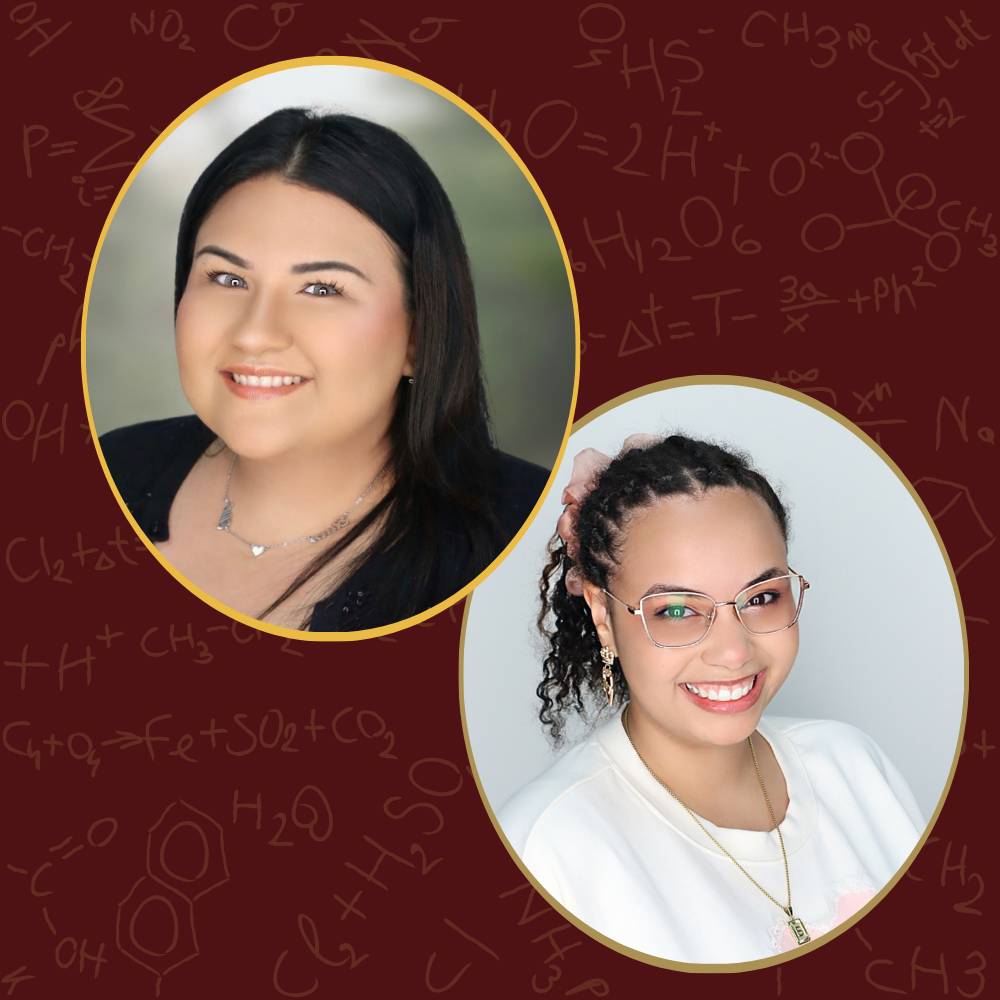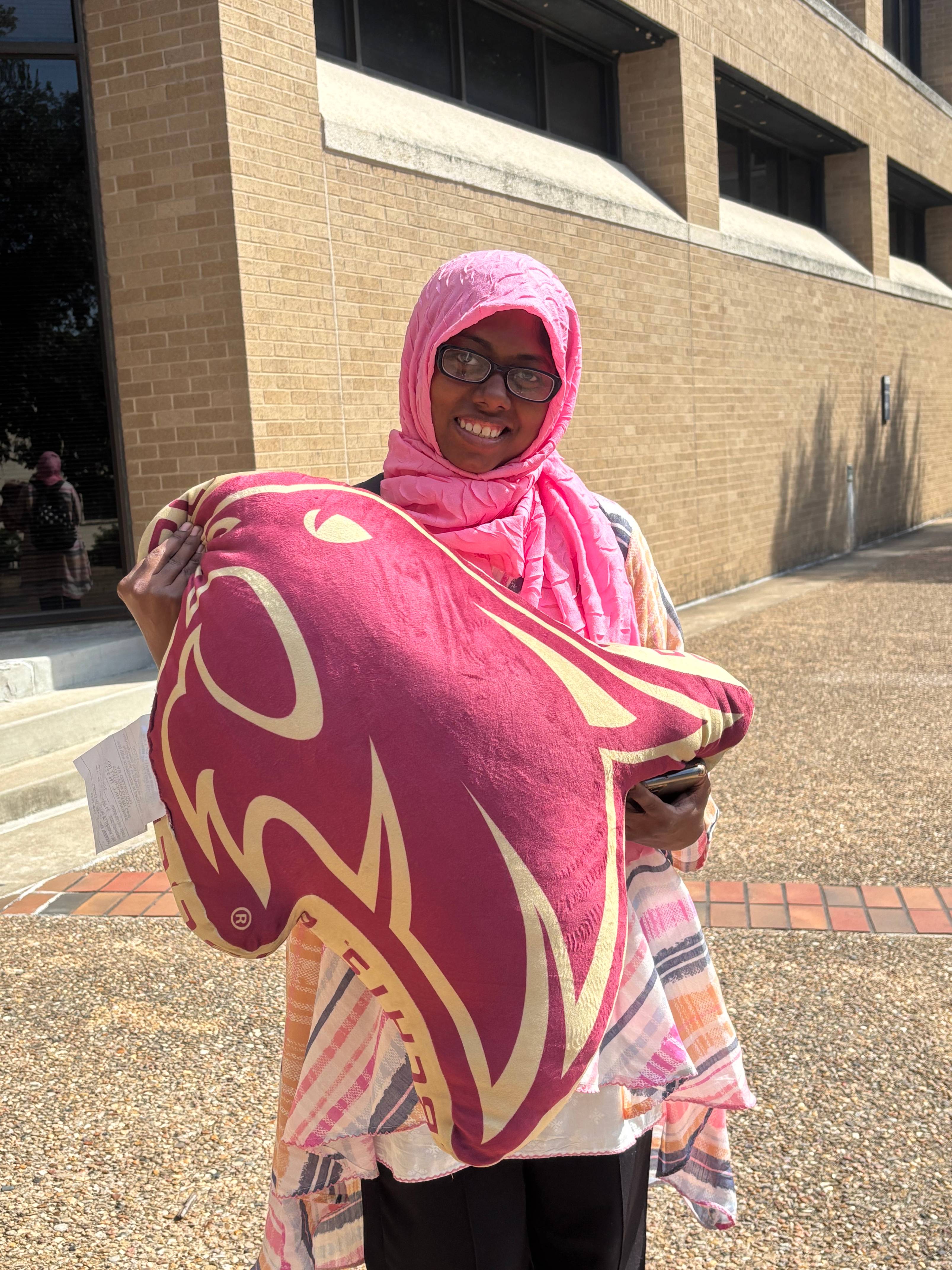9/8: Dr. Yuan Lu, Insights into Pigment Cell Regulation
Dr. Yuan Lu, the Associate Director of the Institute for Molecular Life Sciences at Texas State University, presented his research on genetic interactions. In his talk, he explained how hybrid incompatibility can result from degenerative genetic interactions, which decrease the overall survival and sterility of hybrid offspring. Dr. Lu’s work provides insights into both normal and pathological pigment cell development and regulation, as well as a molecular mechanism in hybrid incompatibility.
9/15: Dr. Xingwen Yu, Advancements in Solid-State Electrolytes
Dr. Xingwen Yu, a seasoned scientist from Cabot Corporation, shared his expertise in electrochemical energy storage. His seminar, "Electrochemical Energy Storage with Solid-state Electrolytes," focused on solid-state electrolytes (SSEs) as a transformative component for next-generation energy storage. His research includes solid-state lithium-ion batteries and a new concept for a battery with a mediator-ion solid-state electrolyte.
9/22: Professor Maria King, Engineering Solutions for Bioaerosol Transmission
Professor Maria King from Texas A&M University presented her research from the Aerosol Technology Laboratory (ATL). Her team's work addresses the need for improved monitoring of public health emergencies by focusing on the collection, analysis, and tracking of hazardous bioaerosols, such as viruses and infectious bacteria. Professor King’s work provides ideas for engineering solutions to reduce the spread of pathogens and maintain sanitation in critical infrastructures like hospitals, classrooms, and meat processing facilities.
9/29: Professor Devleena Samanta, Nanotechnology for Biocatalysis
Professor Devleena Samanta from The University of Texas at Austin discussed how her lab uses nanotechnology to program biocatalysis. Her team develops nanoscale tools to sense and control biocatalytic activity. One application is creating minimally invasive platforms for the early diagnosis of diseases like cancer, neurodegenerative disorders, and infectious diseases. Her work establishes a unified framework for sensing and regulating enzyme biocatalysis using designer nanomaterials, with applications in medicine, biotechnology, and industrial catalysis.
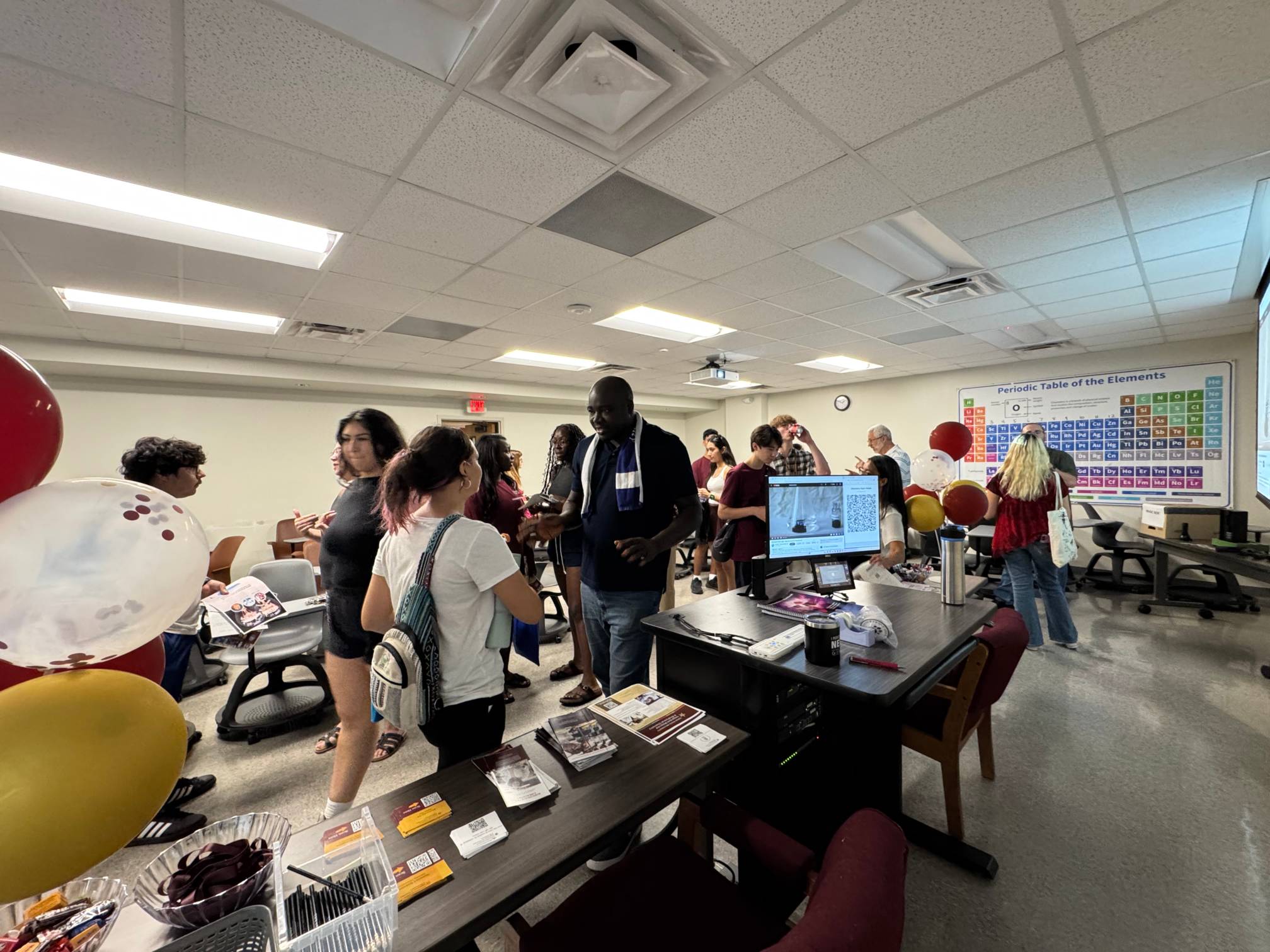
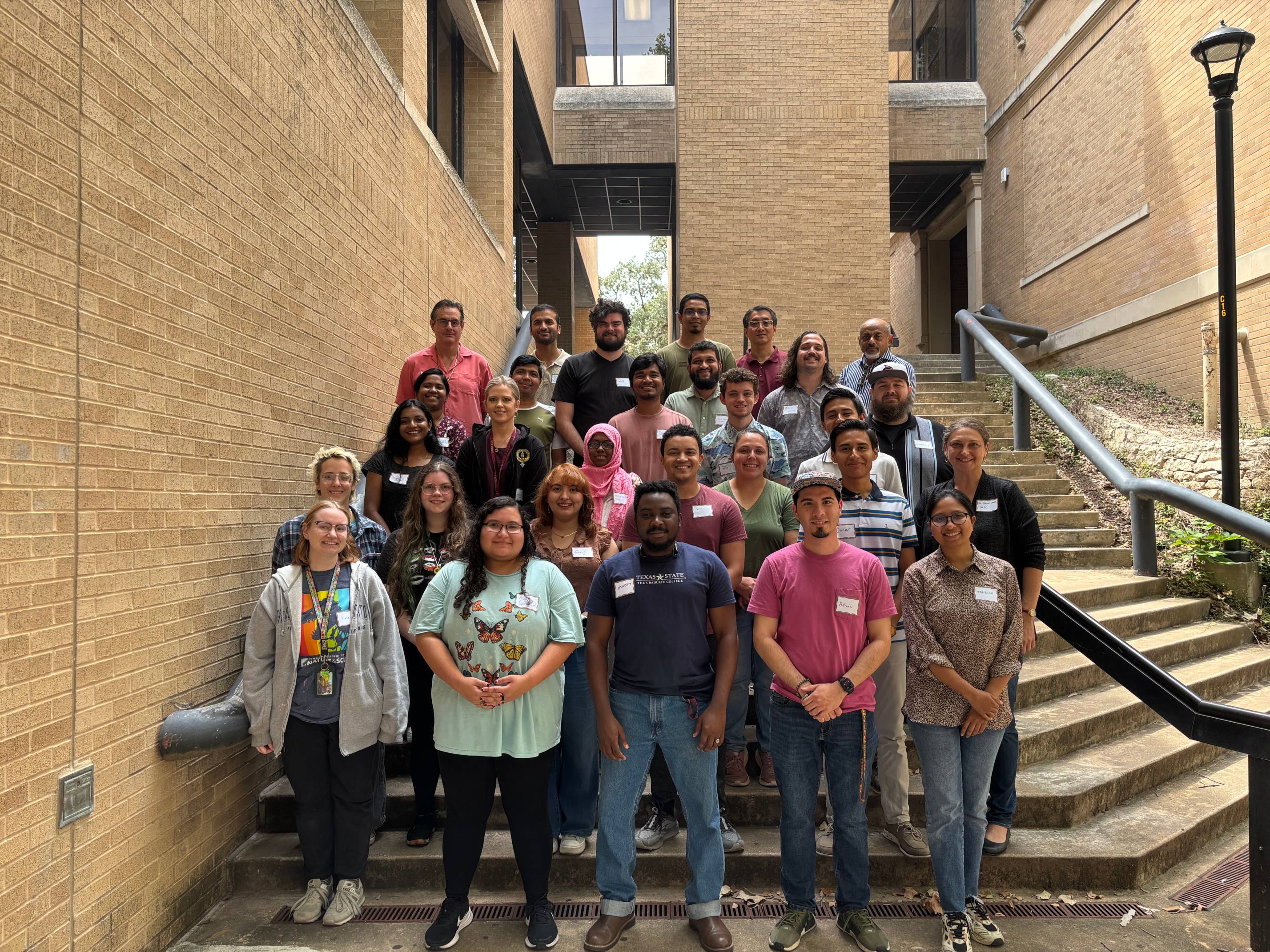 The semester began with our Graduate New Student Orientation on August 19, providing the perfect space for new and returning students to connect. Activities like the Common Ground Challenge and Graduate Blackout Bingo brought energy and fun to the day, while also helping students build relationships that extend beyond classrooms and labs.
The semester began with our Graduate New Student Orientation on August 19, providing the perfect space for new and returning students to connect. Activities like the Common Ground Challenge and Graduate Blackout Bingo brought energy and fun to the day, while also helping students build relationships that extend beyond classrooms and labs.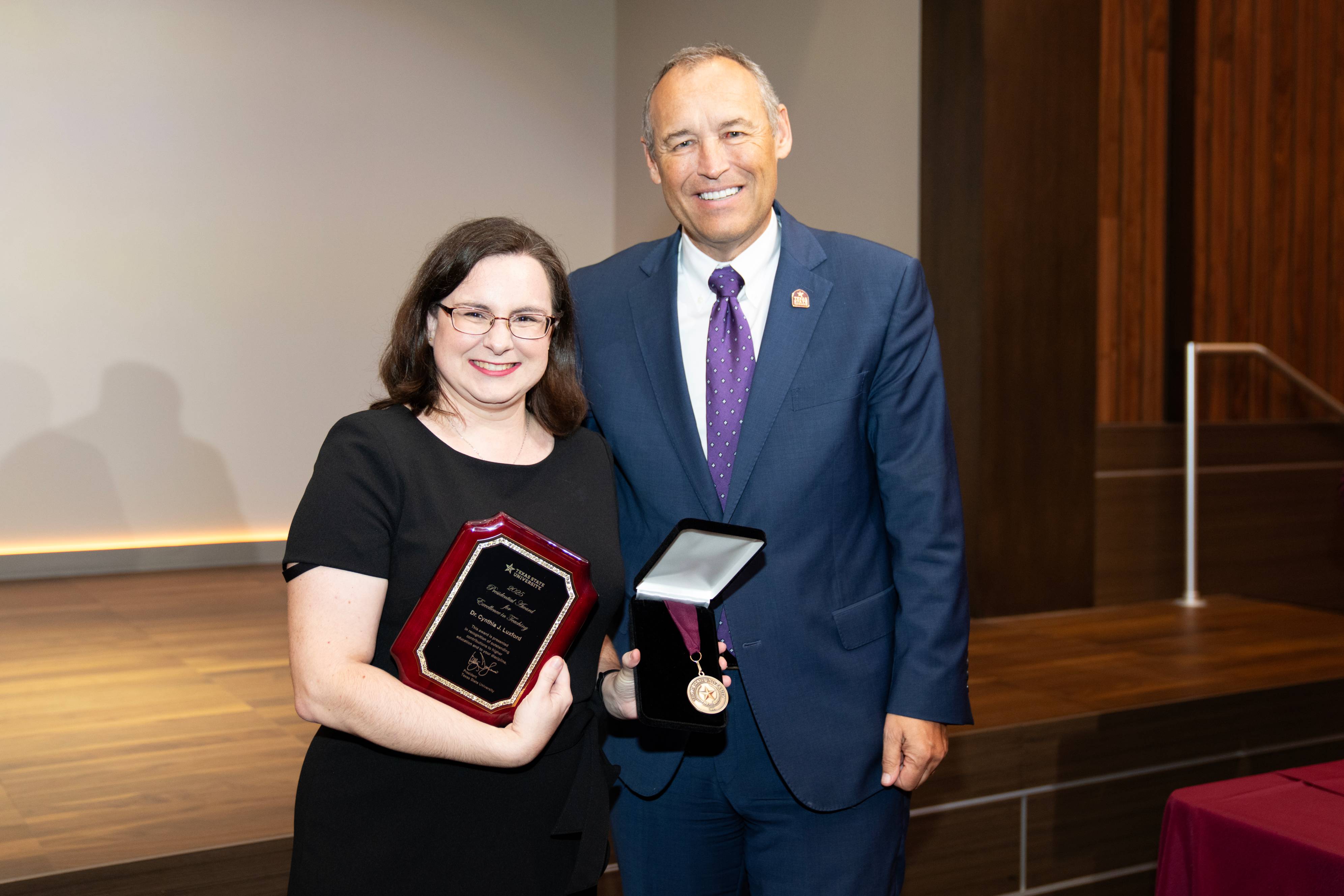 We are proud to share that
We are proud to share that 